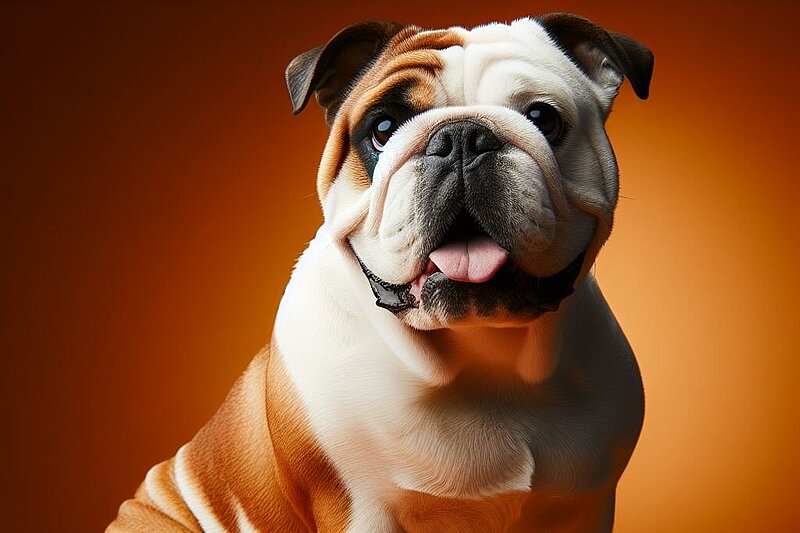The charming Continental Bulldog: a loyal companion with a heart
The history of the Continental Bulldog
The Continental Bulldog was developed in Switzerland to create a healthier alternative to the English Bulldog. In 2001, the breeder Imelda Angehrn, also known as "Bulldoggen Angehrn", began breeding this breed. Her aim was to breed a dog that would retain the charming appearance and friendly character of the English Bulldog, but without its health problems. Targeted breeding and selection finally resulted in the Continental Bulldog, which was officially recognized in Switzerland in 2004.
Who is the Continental Bulldog suitable for?
The Conti is an excellent companion for individuals, couples and families. Its friendly nature makes it a great playmate for children, while its moderate size and calm temperament also make it suitable for city life. Seniors also appreciate the Conti for its uncomplicated nature and relatively easy care.
The character of the Continental Bulldog
Continental Bulldogs are known for their friendly, even-tempered and loving nature. They are very people-oriented and enjoy the company of their family. Contis are intelligent and eager to learn, which makes training easier. Despite their sometimes stubborn nature, they are very affectionate and loyal.
Appearance of the Continental Bulldog
The Continental Bulldog resembles the English Bulldog, but is somewhat slimmer and more athletic in build. It has a broad head, a short muzzle and a characteristic, slightly wrinkled face. Their coat is short, smooth and comes in a variety of colors, including brindle, red, fawn and white.
Grooming the Continental Bulldog
Grooming a Continental Bulldog is relatively easy. Their short coat only requires occasional brushing to remove loose hair and keep the skin healthy. Regular ear and dental care and nail trimming are also part of the routine.
Health of the Continental Bulldog
The Continental Bulldog has been bred to be healthier than their English relatives. They are less prone to respiratory problems and skin fold inflammation. Nevertheless, it is important to schedule regular vet visits and watch for signs of hip dysplasia or other hereditary conditions.
Size and weight of the Continental Bulldog
The Continental Bulldog reaches a shoulder height of around 40 to 46 cm and weighs between 20 and 30 kg. Its compact and muscular build makes it a robust and powerful dog.
Exercise requirements and suitability for the city
Contis need regular exercise, but they are not overly demanding. Daily walks and occasional playtime in the garden or park are enough to keep them happy and healthy. Due to their adaptable nature, they are well suited to city life as long as they get enough exercise and mental stimulation.
Training recommendations for the Continental Bulldog
The Conti is intelligent and learns quickly, but can also be headstrong. Positive reinforcement and consistent training are the keys to success. Early socialization is important to ensure she is comfortable in a variety of situations and gets along well with other animals and people.
Detailed grooming instructions
In addition to basic coat care, Contis should be checked regularly for signs of skin problems, especially in the folds around the face and neck. A balanced diet and regular exercise are essential to prevent obesity and promote general health. Dental hygiene is also important to prevent tartar build-up and gum disease.
Behavior and interactions with children and other animals
Continental Bulldogs are excellent family dogs. They are patient and friendly with children and usually get along well with other pets, especially if they are used to their company from an early age. Their social and playful nature makes them ideal companions for active households.
Recognition by the FCI
The Continental Bulldog is not currently recognized by the Fédération Cynologique Internationale (FCI). However, it is becoming increasingly popular and recognized in various countries and by national breed associations.
